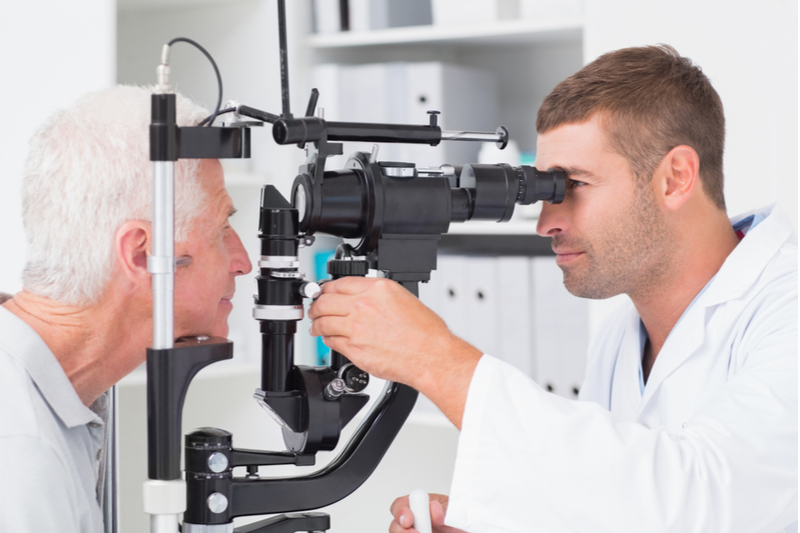
Many people don’t realize that there is a very real link between the health of our eyes and other areas of our body. This is particularly true when it comes to diabetes. Diabetes is an extremely common metabolic condition that occurs when there is too much sugar in your blood. It is chronic, meaning that once you develop it, it is manageable but very difficult to reverse. There are two types of diabetes. Type I diabetes is caused by your body’s immune system attacking and destroying the cells that produce insulin – the substance that controls our blood sugar levels. Type II diabetes is by far the most common and occurs because your body either doesn’t produce enough insulin, or it doesn’t react to the insulin you have created.
Diabetes can have serious consequences for the eyes, but with the proper care and professional attention, you can protect yourself from experiencing diabetic-related damage to your vision.
How diabetes affects the eyes
The way that diabetes affects the health of the eyes is very interesting. When a person has persistently high blood sugar levels it can cause damage to a part of the eye called the retina. The retina is a patch of light-sensitive cells right at the back of the eye that is responsible for receiving the light that is refracted into our eyes and sending a message up to the brain via the optic nerve to tell us what we can see. The retina is kept healthy and functional by a network of blood vessels. High blood sugar levels negatively affect all blood vessels within the body, including those found in the eyes. Some of the changes that can happen include leaking blood vessels, bulging blood vessels and the development of scar tissue. These changes can affect the quality of your eyesight and lead to vision loss if the problem isn’t treated.
Diabetic retinopathy is a generalized term that is used to describe all eye diseases affecting the retina caused by persistently high blood sugar levels.
Eye diseases that can occur as a result of diabetes
Having diabetes will increase your risk of developing the following eye diseases:
Glaucoma. Many people have heard of glaucoma but don’t fully understand it. Glaucoma occurs when there is too much pressure inside the eyes, which causes damage to the retinal nerve fiber layer. This damage results in vision problems that can vary in severity, but in the worst scenario, patients can become completely blind. Unfortunately, the most common type of glaucoma develops slowly, and this makes it difficult to detect. When you have diabetes, you are more likely to suffer from glaucoma as your diabetes could compromise the blood vessels at the back of the eye. Regular eye exams are recommended so that any developing signs of the condition can be spotted early before there is irreparable damage to your vision.
Cataracts. Cataracts are one of the leading causes of blindness in the world and occur when the lens in the eye becomes cloudy, making it seem as though you are looking through frosted glass. Cataracts can develop in one eye or both, although they often develop at slightly different rates of growth. Although cataracts are fairly common amongst all older patients, patients with diabetes have been found to be even more likely to suffer from them. They are also more common amongst younger patients with diabetes, where they have been shown to develop even more quickly than normal. Again, regular eye exams are recommended since these can spot cataracts early. The only way to completely cure cataracts is to remove the clouded lens and replace it with an artificial alternative.
Regular, comprehensive eye exams are the perfect opportunity for your eye doctor to assess the overall health and condition of your eyes and ensure that your diabetes isn’t adversely affecting your vision. To find out more about eye care for people with diabetes, please don’t hesitate to get in touch.

















